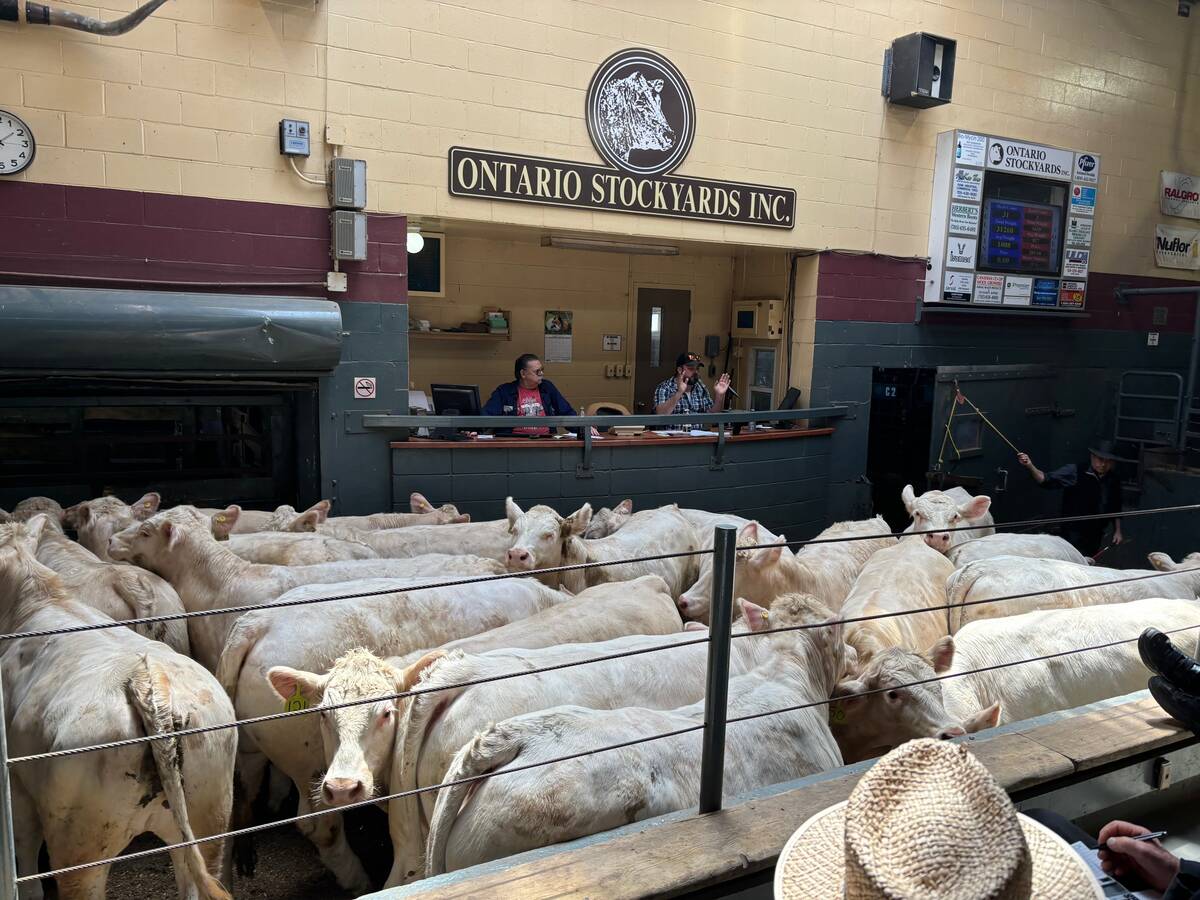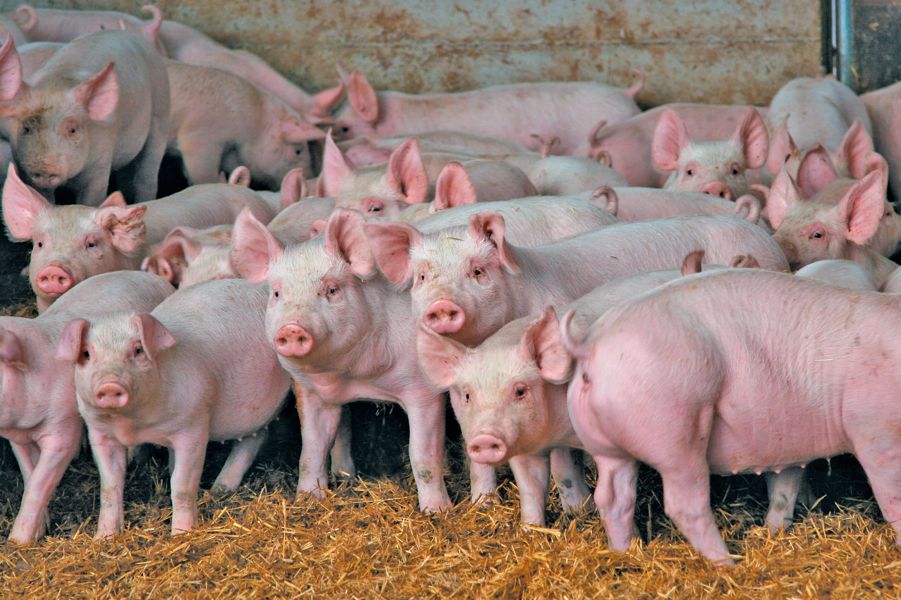Seeding, the world’s largest metal ‘sperm’ statue, can be seen along a busy highway near Hamar, 150 kilometres north of Oslo.
Nicknamed Sædcella (sperm cell), the tadpole-shaped germinating seed sculpture celebrates the surrounding countryside, home to some of Norway’s richest and most fertile agricultural land.
Why it matters: Genetics are a key solution for making livestock production more efficient for farmers and addressing environmental and climate change concerns.
However, since Hamar is considered the cradle of Norway’s world-renowned livestock genetics industry, the statue’s nickname feels even more appropriate.
Read Also

Grouping cattle from various sellers to appeal to buyers
Ontario Stockyards will bring a scaled-down version of a “pre-sort” auction to its Cookstown facility starting Sept. 18.
Swine genetics leader Topigs Norsvin, dairy genetics company Geno and Cryogenetics, a world powerhouse in fish genetics, are all located in the area.
Topigs Norsvin’s genetics are found worldwide, with 15.5 million doses of semen annually going to more than 55 countries. Core markets include North America, Spain and Brazil.
Chief Commercial Officer Dr. Jeanette Wetzel said Topigs Norsvin, over the past decade, increased the birth weight per piglet by 21 grams, the number of piglets per litter by an average of one, and improved feed efficiency by 10 per cent.
“We are the inventors of the term “balanced breeding” to make animals more robust. Every piglet should be weaned by its own mother,” explained Wetzel during a recent visit to the facility. “We are most known for natural disease resistance, self-reliance and robustness; all of these qualities result in problem-free, sustainable pork production.”
An annual research and development budget of 34 million Euros ($55 million Canadian) supports the company’s genetics activities, which include 61 breeding herds, test stations in Norway and Canada, and research teams in Norway and the Netherlands.
Nearby dairy genetics company Geno also prides itself on sustainable production and its approach to breeding robust, high-producing animals.
“Norway has only three per cent of its land that is food-producing, so we have to be very efficient to use the land that we have, and we are less than 50 per cent food self-sufficient,” said Geno CEO Kristin Malonæs during an on-farm presentation. “We don’t have enough grass to support large farming areas; it’s hard to grow grass on mountains and fjords.”
Norway is one of the few remaining countries with a dairy quota system, which Malonæs said is crucial to maintaining a balanced spread of agricultural and rural economic development across the country.
Geno has been collecting breeding data in Norway for 50 years through an approach that emphasizes health traits and focuses on improving production, cow health, and fertility simultaneously. Its Norwegian Red dairy genetics are found in 30 countries worldwide; 91 per cent of all dairy cows in Norway are Norwegian Red.
Healthy cows and smaller farms also mean most Norwegian consumers believe conventional production is sustainable, so demand for organic and other specialty production isn’t as strong as in other countries, Malonæs said.
That doesn’t stop Geno from pursuing the breeding of cows with lower methane emissions and better feed efficiency, however. Through its green cow project, the company is working with 14 commercial herds equipped with automatic milking systems to phenotype dairy cows for traits related to those characteristics. Equipment measuring each cow’s roughage intake and methane emissions has been installed on each participating farm.
Although most research to date has focused on lactating dairy animals, some studies involving young stock and bulls are also underway.
Methane emissions are measured, for example, on all future Norwegian Red AI bulls. Of the approximately 100,000 Norwegian Red bull calves born each year, the 8,000 best are genotyped and from those, 150 are brought to Geno’s testing station. Only 50 to 60 will be selected to be AI bulls, and only those whose genetics are of interest to the global market will remain in the program.
“We opened a new facility with 70-bull capacity in January 2024. An enormous amount of data drives breeding,” noted Malonæs.


